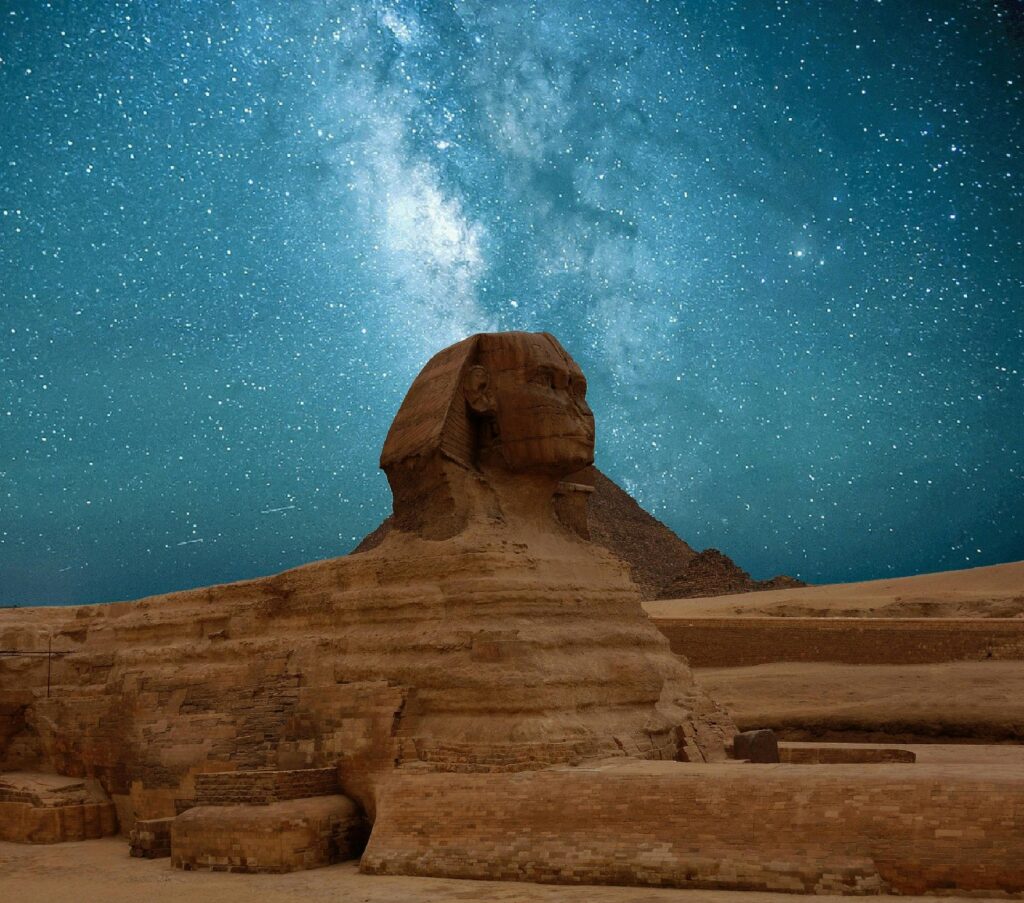Unveiling the Secrets of Ancient Egypt: Daily Life Along the Nile

Ancient Egypt, with its monumental pyramids and enigmatic hieroglyphs, has long captivated the imagination. Beyond these grandiose symbols lies the intricate tapestry of daily life that sustained this remarkable civilization. Delving into the routines, traditions, and innovations of everyday Egyptians offers profound insights into a society that flourished along the Nile for millennia.
Agriculture: The Lifeblood of Egypt
The Nile River’s annual floods deposited nutrient-rich silt, creating fertile lands ideal for agriculture. Farmers cultivated wheat and barley, essential for bread and beer production—staples of the Egyptian diet. Irrigation techniques, such as the shaduf, showcased their ingenuity in maximizing crop yields.
Social Structure and Occupations
Egyptian society was hierarchically structured. At the top sat the pharaoh, considered a divine ruler. Below him were priests, nobles, and scribes, followed by artisans, merchants, and farmers. Artisans crafted exquisite jewelry and pottery, while scribes maintained records, highlighting the value placed on literacy and craftsmanship.
Family and Domestic Life
Family was central to Egyptian life. Homes, constructed from mud-brick, varied from modest abodes to elaborate villas, depending on one’s status. Meals often included bread, fish, and vegetables, accompanied by beer. Music and board games, like senet, provided entertainment, reflecting a culture that cherished leisure alongside labor.
Religious Beliefs and Practices
Religion permeated every aspect of Egyptian life. Deities like Osiris and Isis were venerated in daily rituals. Personal adornments, such as amulets, were believed to offer protection. The practice of mummification underscored their beliefs in the afterlife, aiming to preserve the body for its journey beyond.
Finally
Exploring the daily life of ancient Egyptians reveals a society deeply connected to its environment, structured in its social organization, and rich in cultural practices. Their advancements in agriculture, art, and governance continue to influence our modern world, offering timeless lessons from a civilization that once thrived along the Nile.
